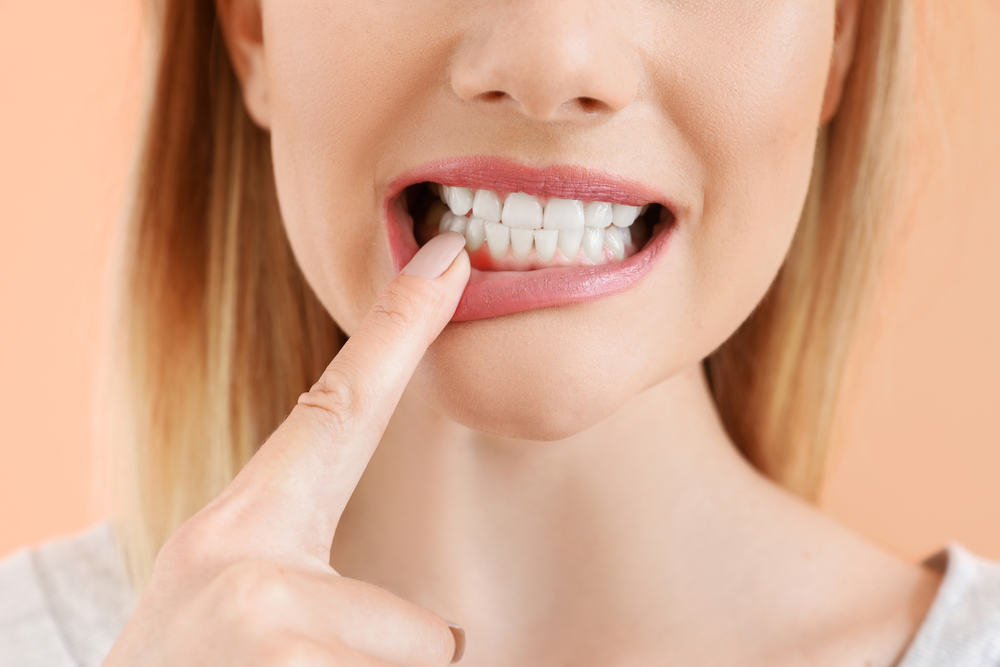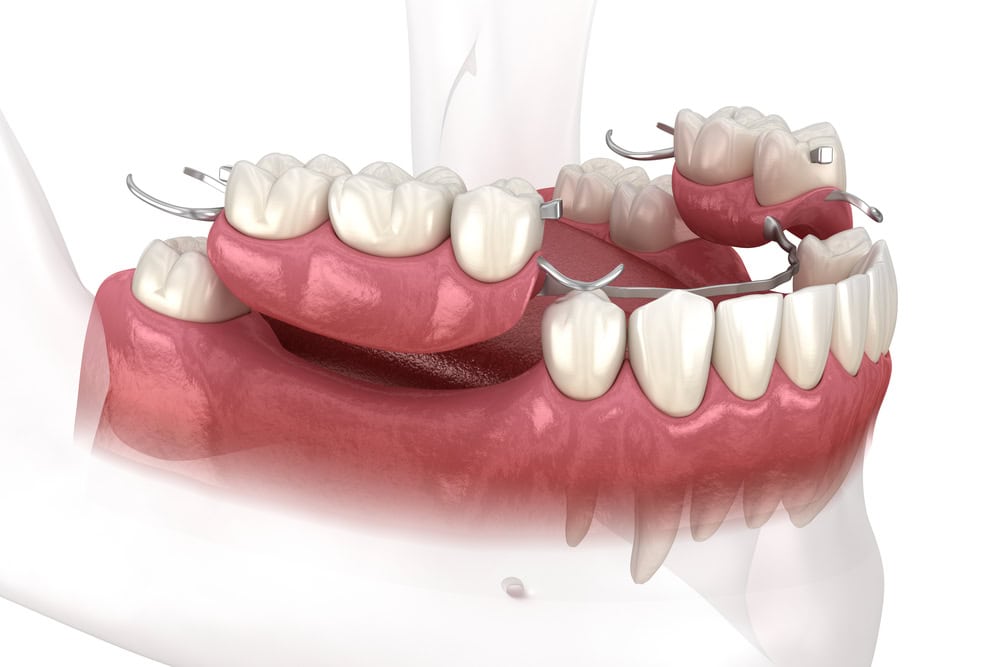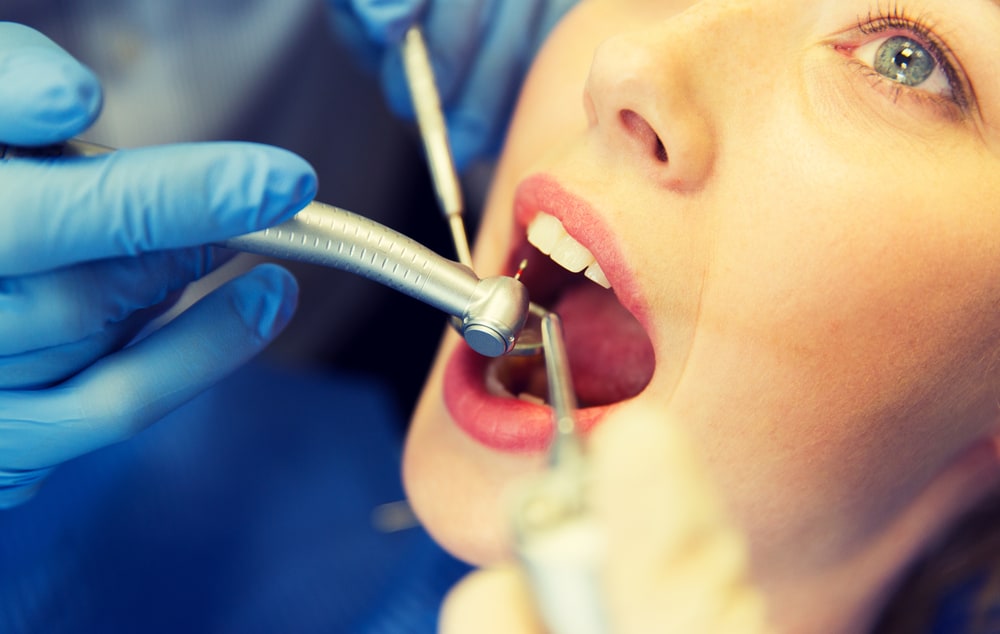Gum disease, also known as periodontal disease, is a serious and often silent condition that affects the gums, teeth, and other parts of the mouth. It is a silent epidemic affecting millions of people worldwide, causing pain, tooth loss, and even systemic health issues.
To fully appreciate the gravity of this condition, it is important to understand how it starts and how it can be treated. This article will provide an overview of the signs and symptoms of gum disease, how it can be diagnosed, and what can be done to prevent and treat it.
By understanding the causes and risks of gum disease, we can create better strategies for prevention, ensuring long-term oral health for ourselves and those we serve.
What is Gum Disease?
Gum Disease, also known as periodontal disease, is a form of gum infection that develops as a result of plaque build-up. Plaque is a sticky film of bacteria that accumulates on the surface of the teeth, leading to inflammation of the gums and eventually destruction of the gum tissue and even bone loss.
If left untreated, gum disease can lead to loose teeth, bad taste in the mouth, and even tooth loss. Certain risk factors, such as smoking, poor nutrition, and certain medical conditions, can increase the risk of gum disease. Therefore, it is important to maintain good oral health and hygiene.
Regular brushing and flossing can help to remove bacteria and plaque, reduce the risk of gum disease, and maintain oral health. Early symptoms of gum disease include redness and swelling of the gums, bleeding when brushing or flossing, bad breath, and receding gums. If any of these symptoms are present, seeking professional advice from an oral health professional or dental hygienist is important.
Delaying treatment can cause further damage and even tooth loss. It is, therefore, important to take preventive measures to reduce the risk of gum disease. This includes brushing and flossing twice daily, eating a healthy diet, avoiding smoking and other tobacco products, and visiting the dentist regularly for check-ups and professional cleaning.
Taking these steps can help to maintain good oral health and reduce the risk of gum disease.
What Causes Gum Disease?
Bacterial buildup in the mouth is a major factor contributing to the onset of periodontal problems. Dental plaque, a sticky layer of bacteria, is the primary cause of gum disease. Professional cleaning by dental professionals is important to reduce the risk of gum disease.
Several factors can increase the risk of gum disease, such as:
- Tooth decay
- Sensitive teeth
- Crooked teeth.
These problems can lead to a bacterial infection, which can cause inflammation and damage to the gum tissue and supporting structures. In addition, researchers have found that gum disease is linked to other health problems, such as heart disease.
It is important to practice good oral hygiene habits, such as brushing, flossing, and mouthwash, to reduce the risk of gum disease. It is also important to have regular dental checkups and cleaning to keep the teeth and gums healthy. If gum disease has been identified, then a treatment plan should be established with a dental professional.
Gum disease is a serious condition that can have long-term effects on the mouth and body’s health. By practising good oral hygiene habits and visiting a dentist regularly, individuals can reduce their risk of gum disease and maintain good dental health.
What Are the Symptoms of Gum Disease?
Symptoms of periodontal problems may manifest in various ways, including red, swollen, or tender gums, receding gums, and bleeding during brushing or flossing. It is important to be aware of the signs of severe gum disease and to understand the different stages of gum disease to address the issue early.
These signs may include soft tissue irritation, tooth root exposure, and buildup of plaque around the gumline. In more advanced stages, the pocket depths around the teeth increase, and teeth may become loose or fall out.
Regular dental cleanings and regular checkups can help to prevent gum disease. During a dental exam, a professional can detect early signs of gum disease. Maintaining good oral hygiene by brushing and flossing daily and avoiding sugary snacks is important. Additionally, a professional can remove the bacterial plaque during a deep cleaning.
Gum disease can be prevented with routine dental visits and proper oral hygiene. Early detection is key to treating gingivitis and periodontal disease. By understanding the symptoms and stages of gum disease, people can take the necessary steps to prevent the loss of teeth and maintain good oral health. Maintaining regular dental checkups and practising good oral hygiene is important to reduce the risk of gum disease.
How Is Gum Disease Diagnosed?
An accurate gum disease diagnosis involves careful evaluation of the individual’s oral health. A qualified dental professional will examine the patient for signs of plaque buildup, tenderness, and bleeding. Other symptoms, such as dry mouth or poor nutrition, may need to be considered.
A full dental checkup should be done regularly to identify early signs of gum disease and provide appropriate treatments. The National Institute of Dental and Craniofacial Research suggests that adults should receive a dental checkup every six months for optimal oral care.
The dentist may also take X-rays to help identify any hidden signs of gum disease. Depending on the severity of the disease, the dentist may recommend a periodontal examination to assess the pocket depths between the teeth and gums and to determine the need for any further gum disease treatments.
Good oral care is essential for preventing gum disease. Regular brushing, flossing, and professional dental checkups are essential for removing plaque buildup and preventing gum disease. If gum disease is already present, the dentist may suggest other treatments such as antibiotics or even surgery.
It is important to monitor your oral health and seek professional help if you have any signs or symptoms of gum disease. Early diagnosis and treatment can help reduce the severity of gum disease and improve the patient’s overall health.
How Is Gum Disease Treated?
Treating gum disease often involves a combination of home remedies and professional treatments.
The first step in the treatment process is to identify any underlying health conditions that may be contributing to gum disease. If systemic disease, such as diabetes, is the root cause, it must be controlled for the gum disease to be treated.
The next step is to eliminate the sticky layer of plaque that has built up on the teeth and around the gums and to reduce the inflammation and periodontal pockets. Professional dental cleaning and scaling can remove the plaque and reduce the bacteria that thrive in the pockets.
Antibiotics, mouth rinses, and special gels may be used to reduce gum inflammation.
According to a study published in the Australian Dental Journal, periodontal diseases are associated with an increased risk of developing cardiovascular diseases, such as myocardial infarction and stroke. In addition, the study found that treating periodontal diseases may reduce the risk of developing these conditions. Therefore, seeking regular dental care and treating gum diseases is important to maintain overall health.
To prevent gum disease from recurring, individuals should maintain good oral hygiene and practice regular brushing and flossing. If gum disease is present, individuals should keep their scheduled dental appointments to treat and prevent further complications.
Additionally, individuals can reduce their risk of gum disease by quitting smoking, avoiding sugary foods and drinks, and eating a healthy diet. With the right combination of home remedies and professional treatments, individuals can take charge of their oral health and reduce the risk of gum disease.
What Are the Risks of Untreated Gum Disease?
Left untreated, gum disease can have serious consequences for oral and overall health. Gum disease is a bacterial infection of the gums and tissues surrounding and supporting teeth. As it progresses, it can lead to severe forms of gum disease, such as advanced periodontitis and severe periodontitis.
The early stages of gum disease can be detected by signs of periodontitis, including red, swollen, tender gums that bleed easily during brushing or flossing. As the bacteria in plaque continue to build up, they form a layer of germs that can cause damage to the teeth and supporting structures of the mouth.
Daily brushing and flossing are essential for preventing and treating gum disease. For an extra layer of protection, an electric toothbrush can help remove plaque and tartar buildup. Regular professional care is also important for identifying and treating gum disease before it advances to more severe forms. Professional cleaning and treatment can help reduce the amount of bacteria in the mouth and protect against further damage to the teeth and gums.
Good oral hygiene is the best way to protect against gum disease. Taking the time to brush and floss twice a day and seeing a dentist regularly can help reduce the risk of developing gum disease. In addition, it is important to have any signs of periodontitis checked by a professional. Taking care of your mouth now can help prevent long-term damage and save you from costly treatments in the future.
How Can I Prevent Gum Disease?
Practising good oral hygiene is an important step in avoiding gum disease. This includes brushing twice daily, flossing once daily, and using mouthwash.
It is important to use a soft-bristled brush and fluoride toothpaste, as this will help remove the sticky substance that accumulates on the teeth.
Additionally, it is important to floss daily to remove plaque and food particles from between the teeth and use a healthy antiseptic or antibacterial mouthwash to help keep the mouth healthy.
It is also important to have regular check-ups with a dental team, as they can help to identify any signs of gum disease before it becomes severe. During the regular check-up, the dental team can also provide treatment options and advice to help maintain a healthy mouth.
More comprehensive dental treatment may be recommended if gum disease has already advanced. This could include periodontal treatment such as scaling and root planing or other treatments such as antibiotics. The dental team can advise on the best treatment option for the individual.
Visiting a dental clinic regularly is important to help prevent gum disease and maintain a healthy mouth. If there are any signs of gum disease, it is important to seek treatment as soon as possible to avoid more serious consequences.
When Should I See a Dentist?
Gum disease is a serious dental problem that can have wide-reaching effects if left untreated. It is important to be aware of the factors associated with gum disease and to take steps to prevent it. Additionally, it is essential to recognize when it is time to seek help from a dental professional.
One primary contributing factor to gum disease is the accumulation of a sticky film known as plaque. Plaque is composed of bacteria, and if it is not removed regularly through brushing and flossing, it can develop dental diseases such as gingivitis and periodontitis.
Other factors contributing to gum disease include poor oral hygiene, smoking, certain medications, and genetic susceptibility. In some cases, gum disease is so severe that it can lead to deep pockets and tissue destruction.
If gum disease is suspected, seeking an evaluation from a qualified oral health professional is important. A deep cleaning may be necessary to remove the plaque and bacteria that have built up and to help prevent the spread of infection. In cases of periodontitis, surgical and non-surgical treatments may be needed to help treat the infection and promote tissue regeneration.
Oral health is a vital component of overall health and well-being. Taking preventative measures to reduce one’s risk of gum disease is important, but recognizing when professional help is needed is just as essential. Regular dental check-ups are recommended to detect any signs of gum disease early and to ensure that any existing issues are treated quickly and effectively.
Key Takeaways
Gum disease is a serious condition that affects the health of the gums, teeth, and other mouth structures. It is important to take preventative measures to keep gums healthy, such as brushing and flossing regularly, eating a balanced diet, and visiting the dentist for regular checkups.
Early diagnosis and treatment of gum disease can help to prevent more serious complications and help maintain good oral health. Proper oral hygiene is a formidable defence against gum disease like a formidable fortress. Taking steps to protect your gums will help ensure a healthy and happy mouth for years.
If you’re after a dental practice that’s dedicated to maintaining the health of your teeth and gums, then Western Sydney Smiles in St Marys, NSW, is the place to go. We offer all-encompassing dental care, which covers preventive treatments, gum disease therapies, and cosmetic dentistry services. You can rely on our skilled team of experts to assist you in preserving a healthy and appealing smile. Don’t delay – book an appointment today and allow Western Sydney Smiles to support you in upkeeping your oral health!







